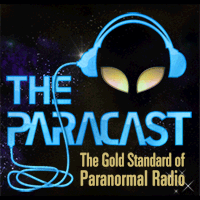The swastika is an icon widely found in human history and the modern world.
[4][7] It is alternatively known in various European languages as the
Hakenkreuz,
gammadion,
cross cramponnée,
croix gammée,
fylfot, or
tetraskelion, and in Japan as the
Manji. A swastika generally takes the form of a rotationally symmetrical arrangement (a
wheel) with four equally spaced legs of identical length each bent at 90 degrees in a uniform direction to create a pattern akin to a four-armed spiral.
[8][9] It is found in the archeological remains of the
Indus Valley Civilization and
Mesopotamia, as well as in early
Byzantine and
Christian artwork.
[4][7]
The name
swastika comes from
Sanskrit (
Devanagari:
स्वस्तिक), and denotes "conducive to well being or auspicious".
[10][7] In Hinduism, the clockwise symbol is called
swastika symbolizing
surya (sun), prosperity, and good luck, while the counterclockwise symbol is called
sauvastika symbolizing night or
tantric aspects of
Kali.
[7] In Jainism, a swastika is the symbol for
Suparshvanatha – the 7th of 24 Tirthankaras (spiritual teachers and saviours), while in Buddhism it symbolizes the auspicious footprints of the
Buddha.
[7][11][12]








